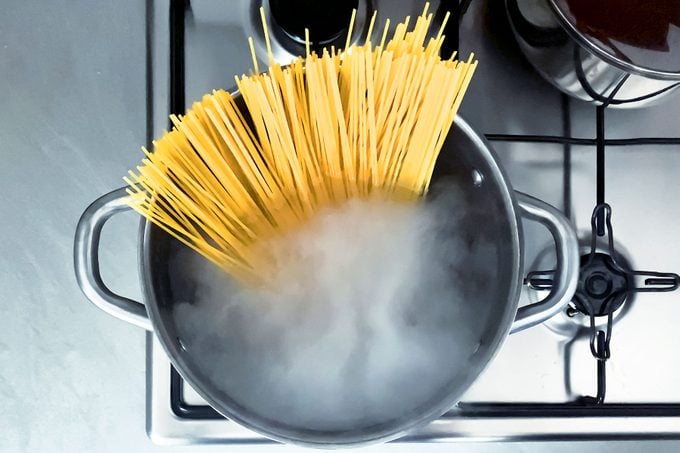There’s a Pasta Crisis In Italy—Will Prices Be Affected in the U.S.?
Updated: May 31, 2023

In Italy, the pasta crisis is so bad that the government called a special meeting to address skyrocketing prices, up more than 17% this spring.
In Italy, pasta is serious business and central to life. So it’s no surprise that skyrocketing prices on spaghetti, fettucine, bucatini and other favorites have caused a panic in Italy. A looming pasta crisis has spooked Italians so much that the government called special meetings to address rising prices. Angry Italian consumers have even called for a “pasta strike” to protest rising prices.
What is the pasta crisis in Italy?

Italian pasta prices rose 17.5% in March and 16.5% in April, according to Italy’s Ministry of Business. That’s about double the rise of Italy’s consumer price index figures, which increased just over 8% this spring.
The reason cited for the rise is that most of the pasta being sold right now was made when the raw material costs were higher, due to supply chain issues, rising energy costs and the war in Ukraine. “The pasta on the shelves today was produced months ago with durum wheat purchased at the quotations of [an] even earlier period, with the energy costs of the wartime peak,” said Unione Italiana Food, an association representing Italy’s food producers, in a statement.
For now, with wheat and energy prices declining, the Italian government is taking a wait-and-see approach, with the hope that prices will decline as the year goes on.
Will the crisis affect American consumers?

Possibly, but not nearly to the extent that the pasta crisis affects Italians. First of all, pasta is a much more important food staple in Italy, with the average Italian consuming about 50 pounds worth of pasta per year. Still, prices of spaghetti and macaroni in the United States saw record highs in February of $1.486 per pound.
Sources:


